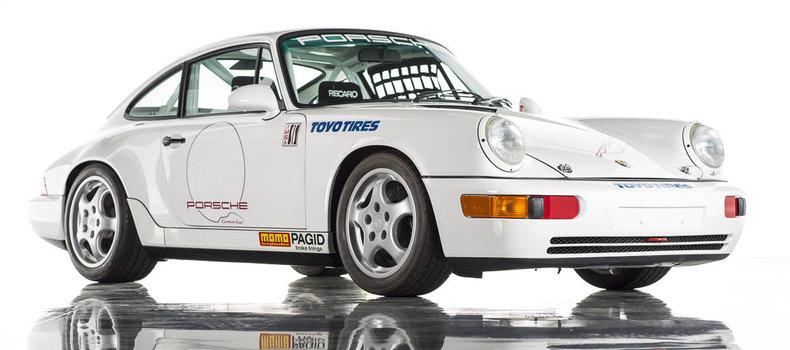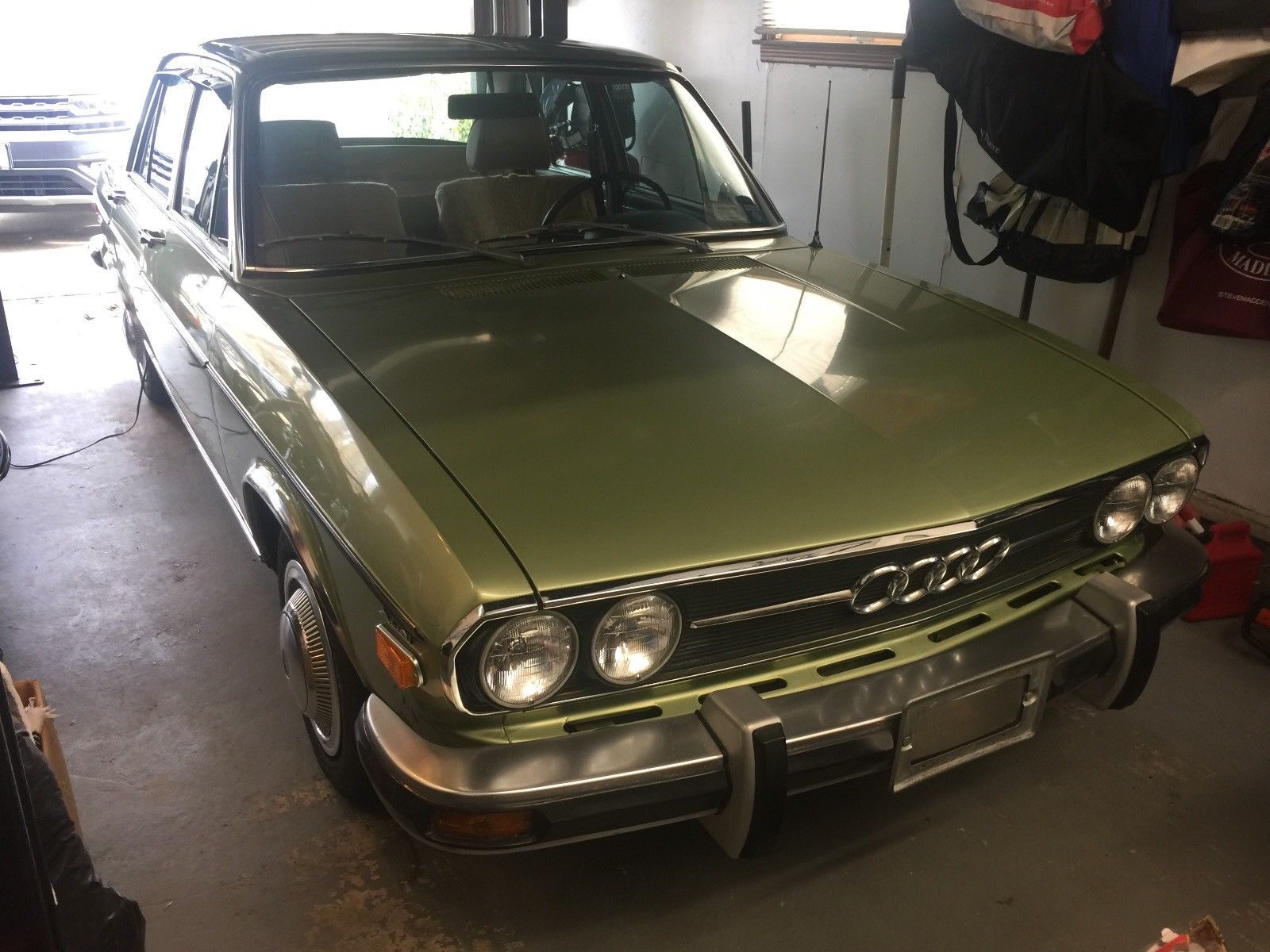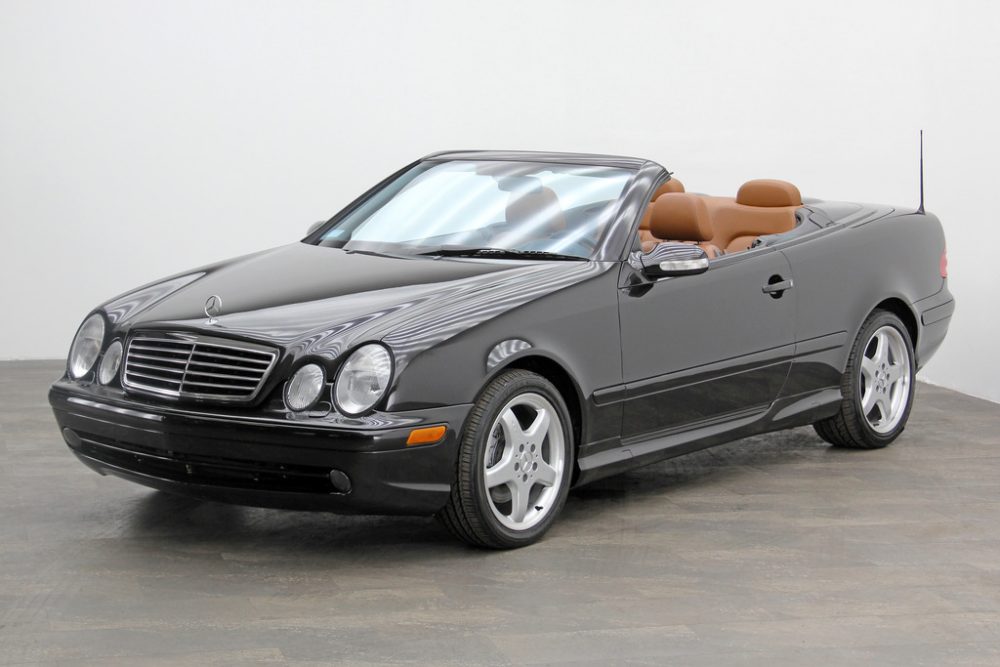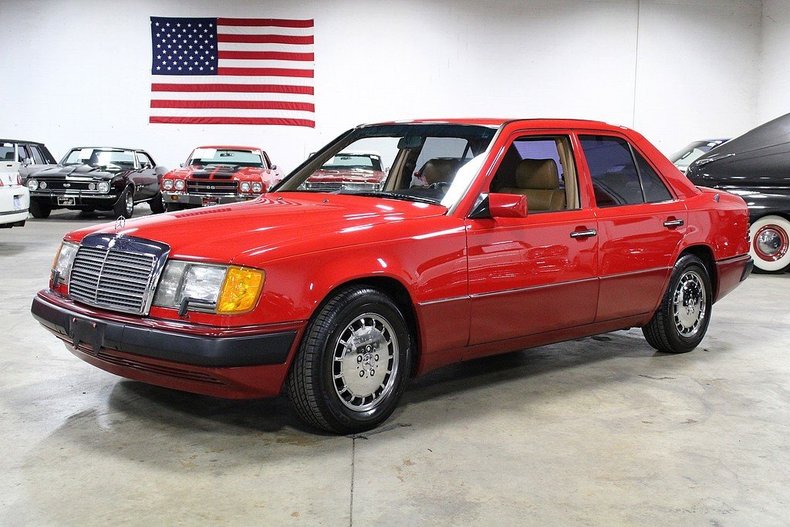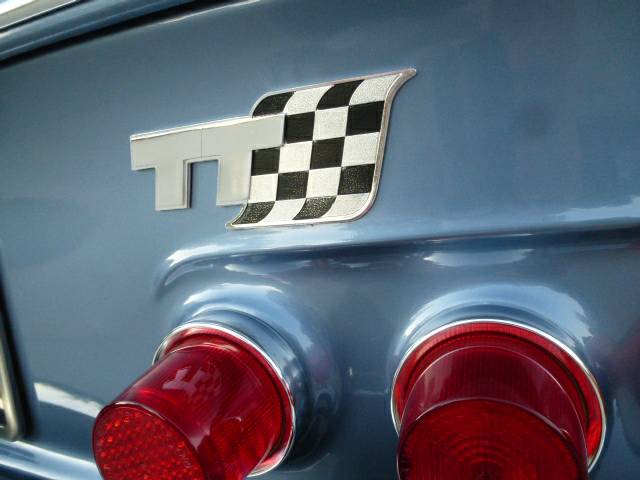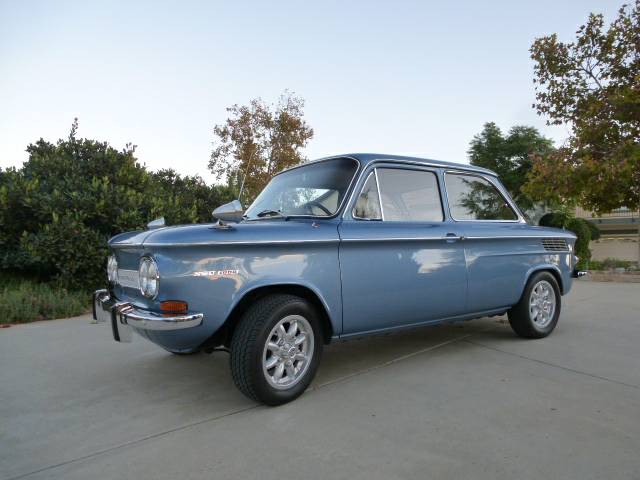Normally I would post this car as one of our Motorsports Monday posts, but since this listing is set to end on Monday that wouldn’t be terribly effective. So today will have to do. Regardless, I expect it still will be available after Monday as well.
This model should need little introduction, but for those unfamiliar with them this is 1 of the 45* U.S. Edition 964 Carrera Cup cars Porsche imported in 1992. The idea was that these cars would all compete in support races for the CART series. Alas, sponsorship for the series couldn’t be secured and these cars were left without a purpose. Porsche, however, had other ideas, converted them to road legal specs, and sold them to customers anyway. In most ways these served as a replacement for the Carrera RS, which the US never received. As the ad below notes some of those were returned to race trim with full roll cage and stripped interior. This is one of those cars.
*A quick about the numbers: there were 45 Carrera Cup cars imported for the race series, so I’m not quite sure what the 1 of 25 mentioned in the ad is in reference to. Perhaps the number of cars reverted to race trim?

